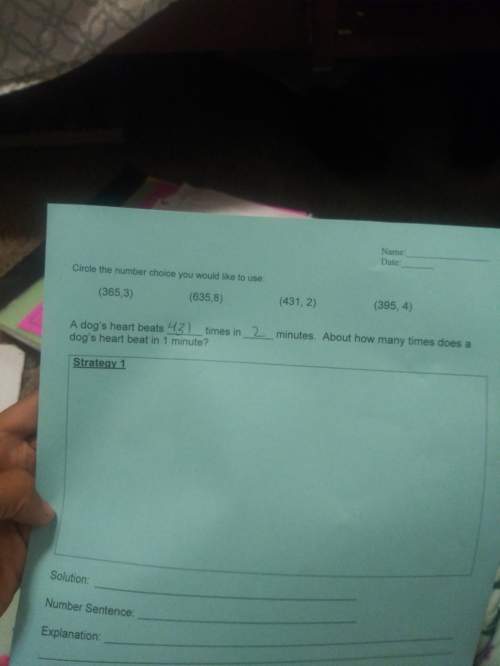
Physics, 25.11.2021 15:00 zitterkoph
A disk of mass m1 = 60.0 g and radius r1 = 3.50 cm slides on a frictionless sheet of ice with velocity v, where v = 16.00 m/s, as shown in a top-down view in figure (a) below. The edge of this disk just grazes the edge of a second disk in a glancing blow. The second disk has a mass m2 = 140 g, a radius r2 = 6.00 cm, and is initially at rest. As the disks make contact, they stick together due to highly adhesive glue on the edge of each, and then rotate after the collision as shown in figure (b).

Answers: 2


Other questions on the subject: Physics

Physics, 21.06.2019 18:00, ninjapig647
Alivestock company reports that the mean weight of a group of young steers is 1100 pounds with a standard deviation of 93 pounds. based on the model n(1100,93) for the weights of steers, what percent of steers weigh a) over 1050 pounds? b) under 1300 pounds? c) between 1150 and 1250 pounds?
Answers: 1

Physics, 22.06.2019 04:30, phyllides4930
The current in a hair dryer measures 11 amps. the resistance of the hair dryer is 12 ohms. what is the voltage?unit:
Answers: 1

Physics, 22.06.2019 11:00, kylieweeks052704
A0.580-kg rock is tied to the end of a string and is swung in a circle with a radius of 0.500 meters. the velocity of the rock is 4.50 m/s. what is the centripetal force acting on the rock? 15.5 n 5.22 n 69.8 n 23.5 n
Answers: 1

Physics, 23.06.2019 00:00, pchisholm100
You are standing on a boat. which of the following strategies will make the boat start moving? a. pushing the mast b. throwing some cargo out of the boat c. pushing the front ofthe boat d. pushing another passenger
Answers: 3
You know the right answer?
A disk of mass m1 = 60.0 g and radius r1 = 3.50 cm slides on a frictionless sheet of ice with veloci...
Questions in other subjects:




Biology, 18.07.2019 21:30


Mathematics, 18.07.2019 21:30



Social Studies, 18.07.2019 21:30




